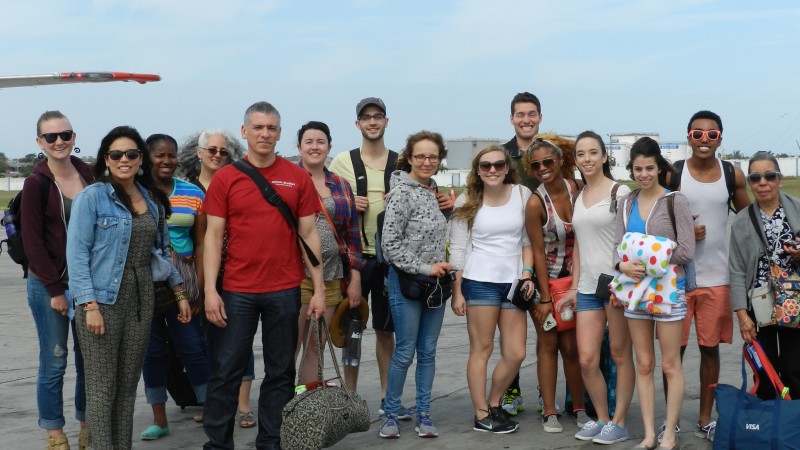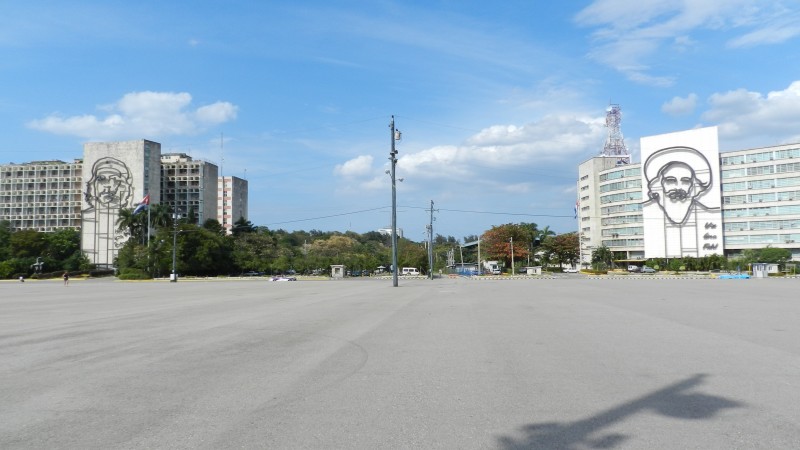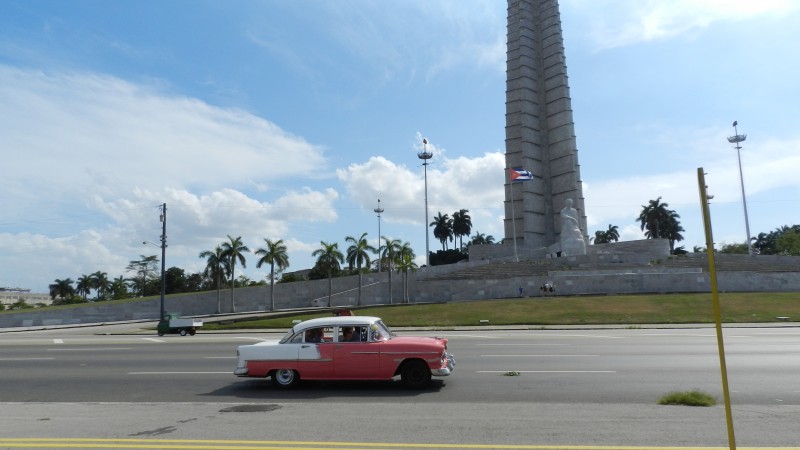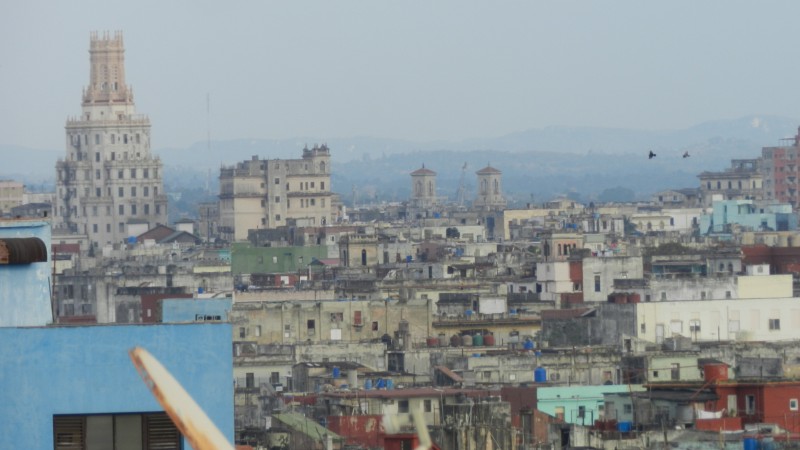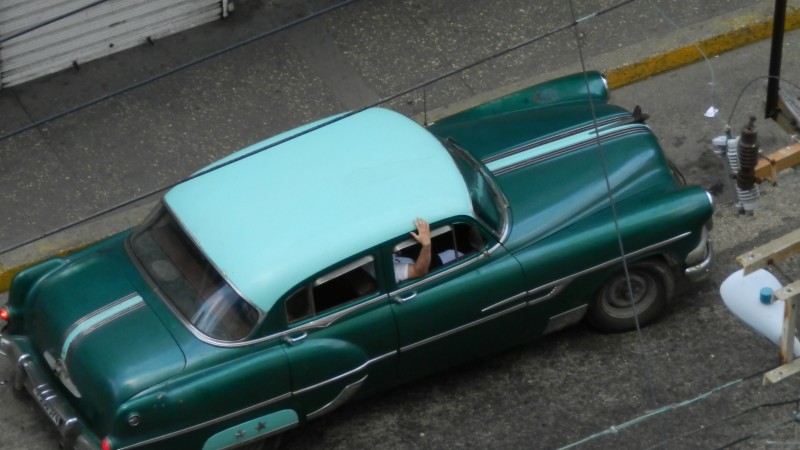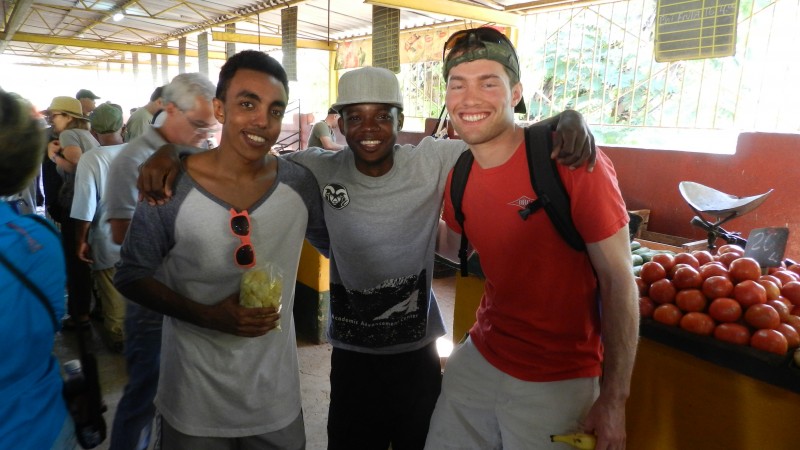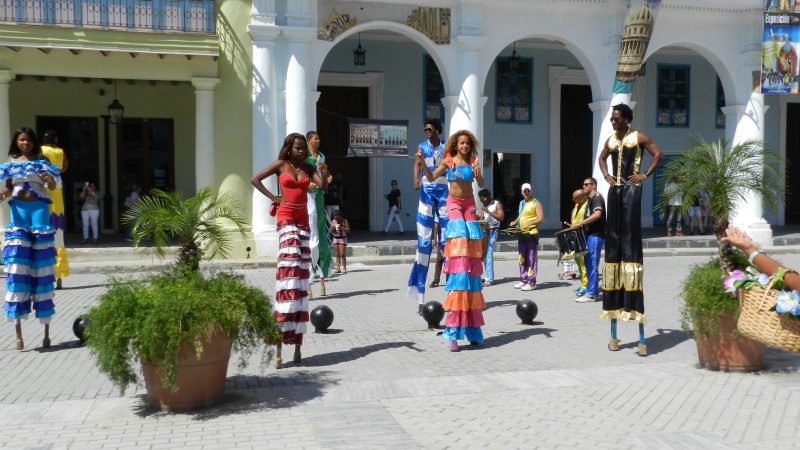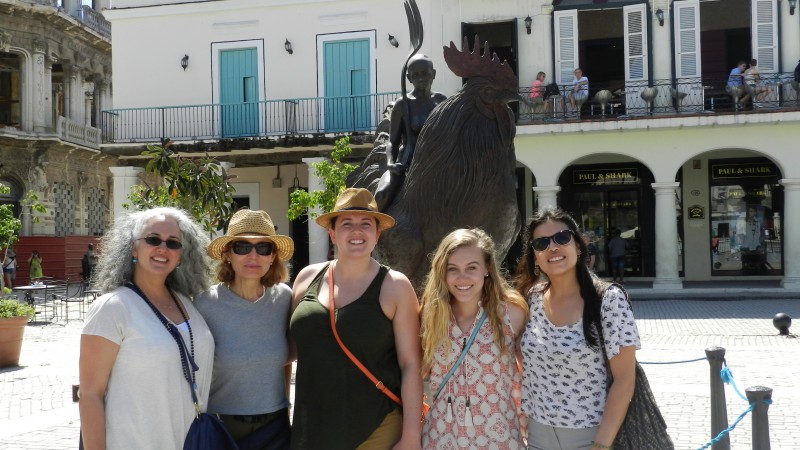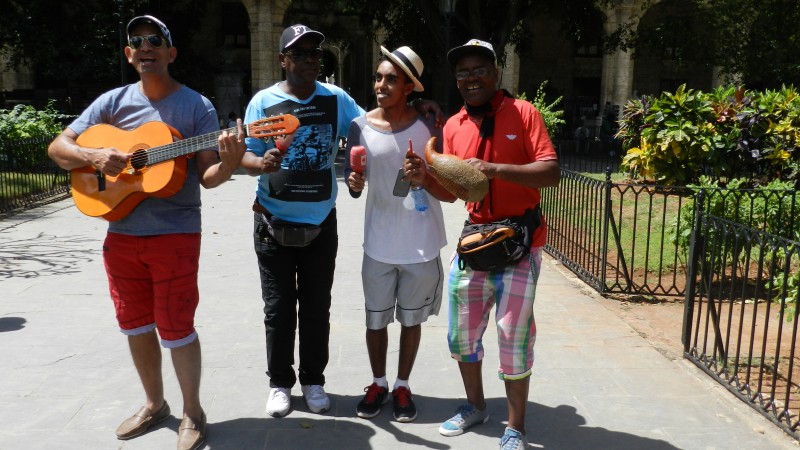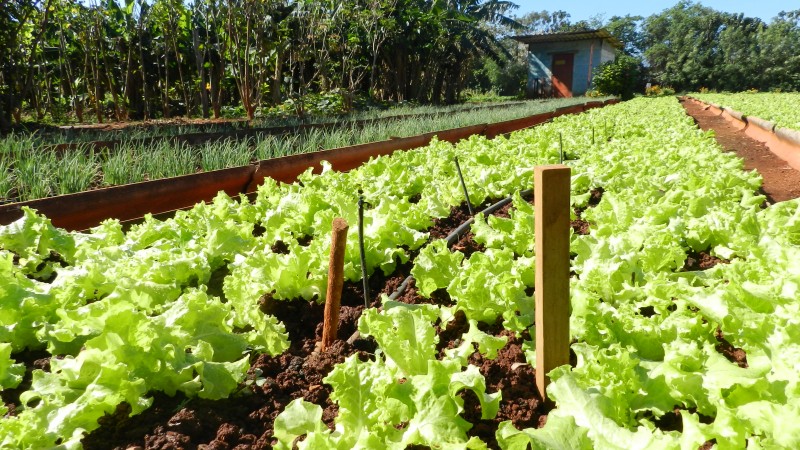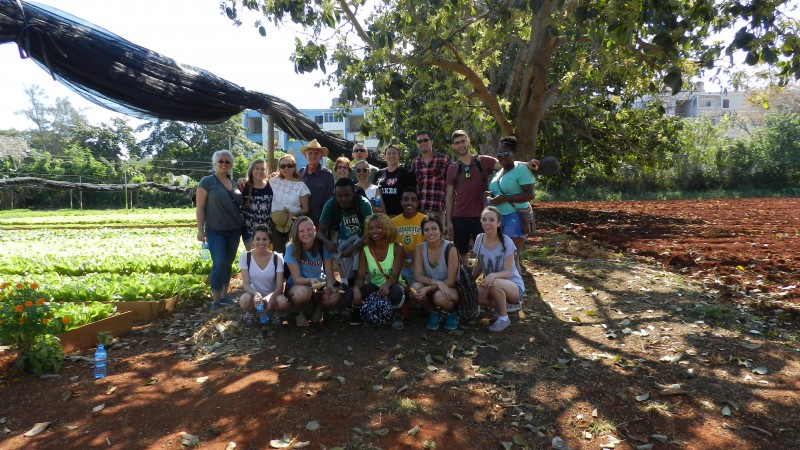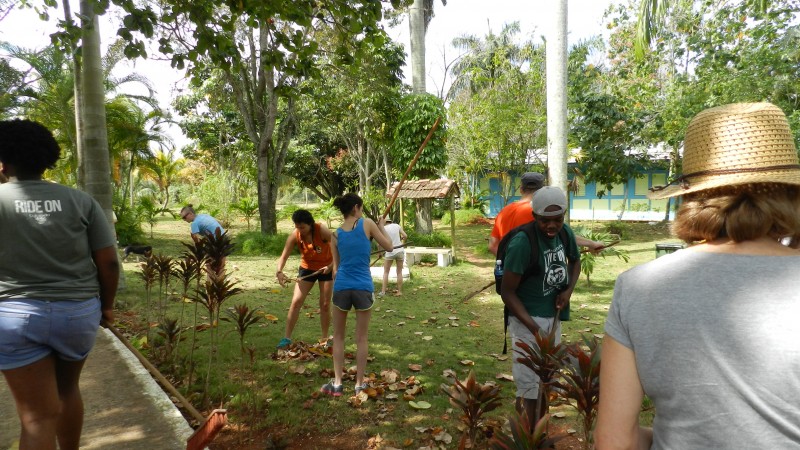Over spring break a group of Colorado State University students, community members, and ethnic studies faculty embarked on a nine-day service learning trip to Cuba. This unique study abroad program emphasized Cuba’s agricultural production and demonstrated how the move toward organic urban farming has alleviated food insecurity.
Due to the withdrawal of Soviet trade and aid, as well as conventional farming techniques that depleted the soil, Cuba struggled to support its population of 11 million people after the Iron Curtain fell in the late 1980s. While its eventual road to sustainability has not been perfect, Cuba is now a model in Latin America and the Caribbean, with its urban agriculture providing affordable organic food for the island’s population.
Cuban roots
The education abroad program to Cuba began when Dr. Karina Céspedes attended an international conference on global sustainability in Havana a few years ago. Céspedes saw that Cuba, along with Costa Rica, was doing excellent work around environmentalism. She came back to CSU and joined forces with Dr. Ernesto Sagás, who had been doing his own research on issues of environmentalism in Latin America.
Céspedes and Sagás each have family roots in Cuba and currently teach classes on the Caribbean and Central America, so they began to explore the idea of an alternative spring break program in Cuba geared towards sustainability. Such a trip would allow students to visit Cuba and witness the changes taking shape on the island in real time. Both professors believe that alternative spring break trips are important as a full semester abroad is not feasible for all students.
Céspedes and Sagás have noticed that students who have had experiences taking part in these kinds of trips come back with a different understanding of the world and a strengthened commitment to their own education. Thanks to CSU’s Office of International Programs the logistics and complications of traveling to Cuba are taken care of for those participating in the program, making the trip widely accessible.
While the program is centered around bringing students to Cuba, the trip is also open to faculty and staff of CSU, as well as community members.
Leaving Cuba

This year the trip was particularly special because for one of the community members on the trip, Norberta “Caruca” Hernandez, it was a homecoming 58 years in the making.
Born and raised in Old Havana, Hernandez left Cuba in 1956 with her husband to live in the US. “I went back in 1958, which was the last time that I was in Cuba. Since then, it’s been just a dream.” Her husband’s family was heavily involved with the Cuban military, and with the rise of the revolution they were concerned for their safety. Hernandez and her husband went to visit her mother, who was studying to become a nurse at New York University.
“In these revolutions, people always get killed. This one seemed a little more serious…every day there were shootings in and around [Havana].”
Eventually, Hernandez’s mother-in-law, sister and niece all came to the U.S. As Hernandez notes, they had to leave everything behind. “The only thing they had was a change of clothes and an empty suitcase. She had to leave property, cars, our house…all of our things. We had to start from the bottom and move up.” Hernandez’s family that fled to the US have all passed, never having the opportunity to return home to Cuba in their lifetime.
Her brother-in-law was the last to leave Cuba. He was in the military that fought against the revolutionary forces, was a political prisoner for fifteen years, and was eventually exiled to Spain after Cuban authorities could not find enough evidence to keep him in prison.
Coming home
This trip was emotional and spiritual for Hernandez; she never thought she would have a chance to go back. “I am so grateful to Karina and Ernesto for making this a reality; I would not have gone back if they had not organized this trip.”
As Hernandez got off the airplane and stepped onto the tarmac she was overwhelmed with the reality that she was actually in Cuba after 58 years – so much so that that she was unable to speak for almost an hour after arriving. “I couldn’t tell if I was dreaming, or if it was real. For a couple of days I thought I was on another trip in South America.”
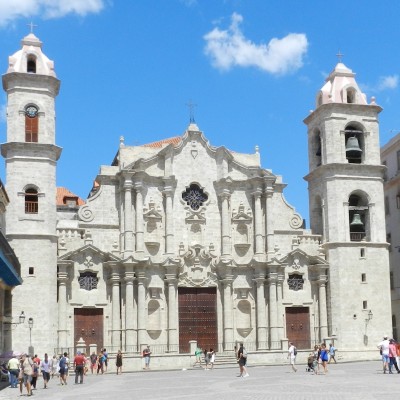
Touring the streets of Havana, she would ask about stores that she remembered from her childhood, while navigating the post-revolution Cuba that she had never seen. In a very special moment Hernandez was able to attend a service at the church she was baptized in, and she was able to find the church and school where she went to Catholic school.
“I thought I would feel resentment, but I didn’t. I saw the new generation who had grown up in this atmosphere. Now my husband is considering making the trip, even though he has said he would never go back,” Hernandez said. “But you see the spirit of the people. They have a way of living where they get lemons and they make lemonade.”
Hernandez made lasting connections with the faculty and students on the trip. “They were all so helpful, they would help me with my bags and walk with me. They would entertain me when I was asking so many questions. These students are incredible, I am so lucky to have met them.”
To learn more about this program and other international study opportunities, visit the Education Abroad website.

